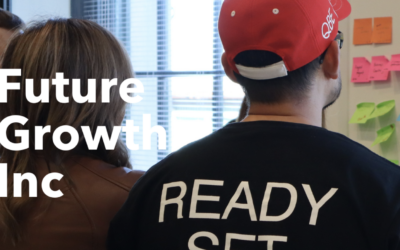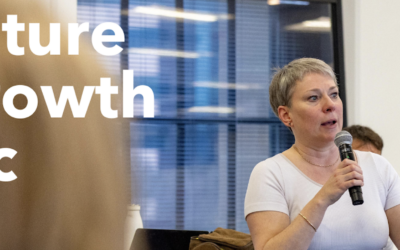The challenge is service transformation. Not website redesign
The last couple of years has seen a shift in direction for public services and their approach to digital transformation. Innovating in government, however, takes more than snappy tag lines and slogans. It means simpler and more improved digital platforms, services and standards – each requiring massive and sustainable transformations in people, processes and technologies. Of course, from a citizen’s point of view (and perhaps also from the government’s), we want better and faster services, and that often means we want them delivered via technology.
But as Douglas Adams explained, “we are stuck with technology when what we really want is just stuff that works”. That is, we can easily confuse technology with service. But the real challenge they face is how to apply digital transformation to change the relationship between citizen and state. How is this possible? And which government agencies are leading the way?
Kevin Cunnington, the director general of Britain’s Government Digital Service (GDS) has a clear vision to accelerate the delivery of digital public services. An interview with the new digital chief revealed his future ambitions and the challenges of innovating in public services. Here are 5 important innovation lessons from the GDS that can be applied in Australia to government departments:
- Be bold: Don’t underestimate the service – digital transformation services have the potential to transform interactions between citizen and government. As with any innovation challenge, this means taking risks. Commit to transgressing past sensible design services to create major transformation programs. Revolution, not evolution.
- Go national: Just like in the UK, the Australian government is often critiqued for concentrating its efforts on metropolitan areas. Hereinafter, the digital transformation agency needs to roll out services that are accessible nationally to ensure the government is actively representing all citizens.
- Develop open communication: Government departments are often averse to being told what to do or instructed on how to coordinate their digital projects. Allocating more time to listening and opening up channels of communication can help to develop strong relations with other departments. This can eliminate tensions and accelerate productive digital outcomes.
- Don’t be over-controlling: Allow departments more independence with their digital projects, especially in regards to spending limits. Advise, don’t dictate.
- Learn from your mistakes: Develop a proper plan that addresses what has worked well in recent years and what requires change. Consult with other departments to create a truly comprehensive, transformative project.



